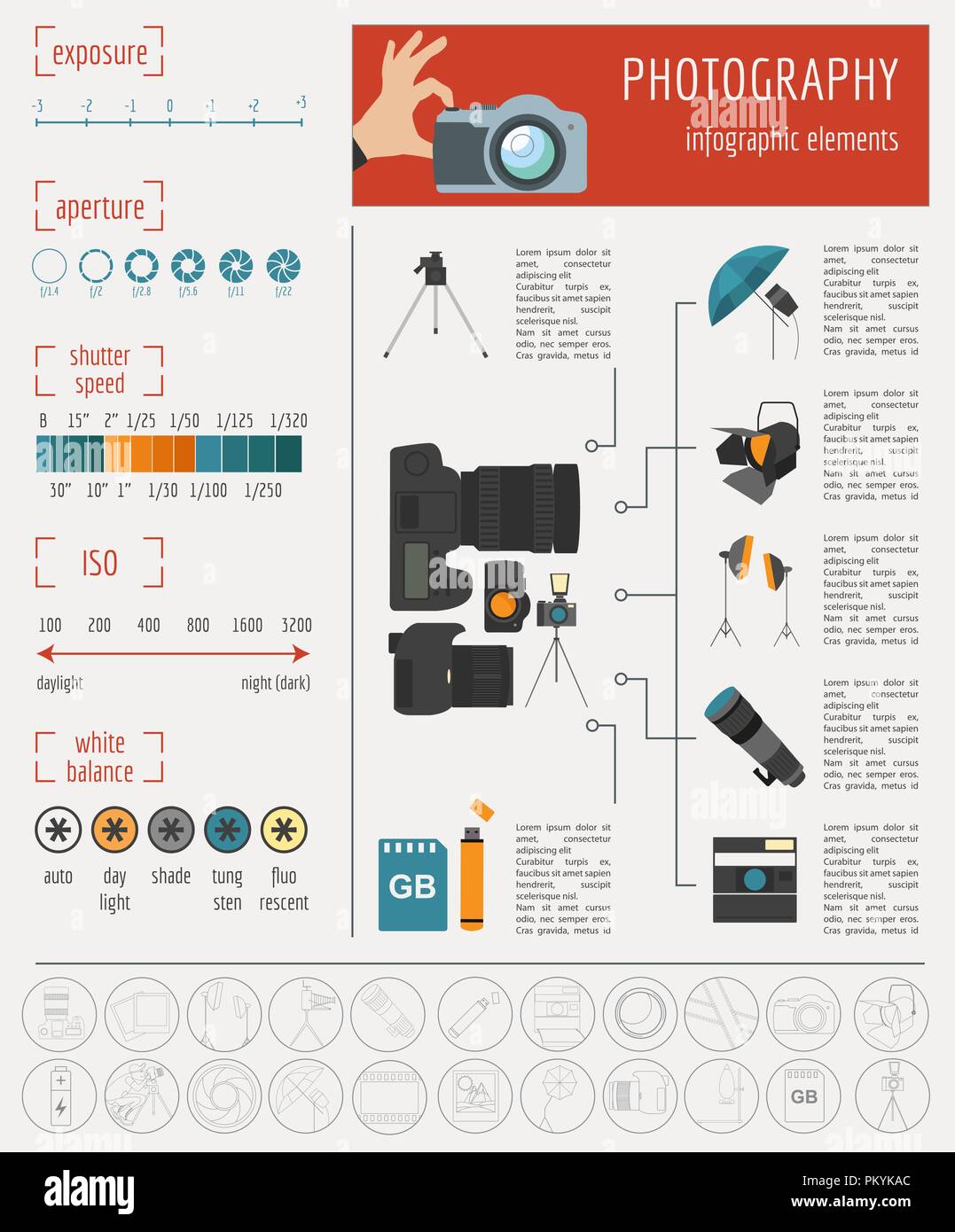What Every Digital Photographer Must Learn About Illumination
What Every Digital Photographer Must Learn About Illumination
Blog Article
Composed By-Rogers Ibrahim
As a photographer, you recognize that illumination can make or damage your images. Recognizing the nuances of both all-natural and fabricated light is crucial for recording the mood and clarity you aim for in your work. Whether you're chasing after the best gold hour glow or fine-tuning your fabricated configurations, grasping these aspects can raise your photography dramatically. But there are common risks that lots of forget, and recognizing them can change your technique to every shoot. Let's explore what you could be missing out on and how it can affect your results.
Comprehending Natural Light
Recognizing natural light is crucial for any photographer seeking to boost their job. It's the foundation of wonderful digital photography, influencing state of mind, tone, and clarity. When you fire outdoors, take notice of the moment of day. The golden hour-- quickly after sunup and before sunset-- supplies soft, warm light that can change regular scenes into sensational photos.
Do not underestimate the power of overcast days. Cloud cover diffuses sunlight, producing a soft, even light that's best for pictures and macro digital photography. You'll discover shades appear this sort of lighting without severe shadows.
Placing https://telegra.ph/Important-Photography-Equipment-What-You-Actually-Need-To-Begin-01-07 , as well. Constantly consider your subject's alignment to the light source. If the sun's behind your subject, you may wind up with a shape, which can be significant yet mightn't be what you desire. Alternatively, straight sunlight can create unflattering darkness.
Experiment with angles; sometimes, changing your viewpoint can yield amazing results. Usage natural reflectors, like water or sand, to jump light onto your subject, adding dimension.
Mastering Artificial Light
Grasping man-made light is crucial for photographers who want to take their abilities to the following level. Whether you're making use of speedlights, studio strobes, or continual lights, comprehending exactly how to manipulate these resources can substantially enhance your images.
Beginning by familiarizing on your own with the basics of light quality, direction, and color temperature. Try out different modifiers like softboxes, umbrellas, or grids to manage the softness or violence of the light.
You'll find that soft light often produces flattering outcomes, while harsher light can include drama and depth. Don't shy away from darkness; they can improve the three-dimensionality of your subjects.
Pay very close attention to the positioning of your lights. A light located as well near your topic can develop unflattering results, while also far can result in a lack of information. Utilize a light meter or your electronic camera's histogram to ensure you're revealing appropriately.
Finally, bear in mind that artificial light can be mixed with ambient light for creative effects. Balancing these sources could take technique, but once you understand it, your digital photography will absolutely shine.
Techniques for Different Circumstances
When you step into different shooting situations, adapting your lighting methods is essential for capturing the most effective photos. For outside portraits, utilize the golden hour-- morning or late afternoon light-- to soften darkness and improve skin tones.
If it's a severe noontime sunlight, take into consideration making use of a reflector to bounce light back onto your subject or look for shaded areas for a much more also exposure.
In low-light scenarios, like interior events, increase your ISO and make use of a wide aperture to allow in even more light. A tripod can assist remove electronic camera shake, permitting longer direct exposures without blurring.
If you're shooting at night, experiment with off-camera flash to create vibrant illumination and depth in your pictures.
For item digital photography, utilize diffused lighting to stay clear of harsh reflections. Softboxes or light tents can assist accomplish this effect.
When photographing landscapes, think about the direction of light and time of day, as it can substantially alter the mood of your shot.
Always be ready to adjust your setups and placing based on the circumstance, as adaptability is vital to mastering lights in photography.
visit the following website
In conclusion, grasping lights is essential to raising your photography skills. Accept all-natural light's beauty throughout gold hour, and don't avoid experimenting with synthetic light techniques. By adjusting your approach to various scenarios, you'll catch spectacular photos that reverberate with emotion and clarity. Remember, the best illumination can transform a regular shot into something amazing, so keep exercising and improving your understanding of both natural and man-made light. Pleased capturing!
